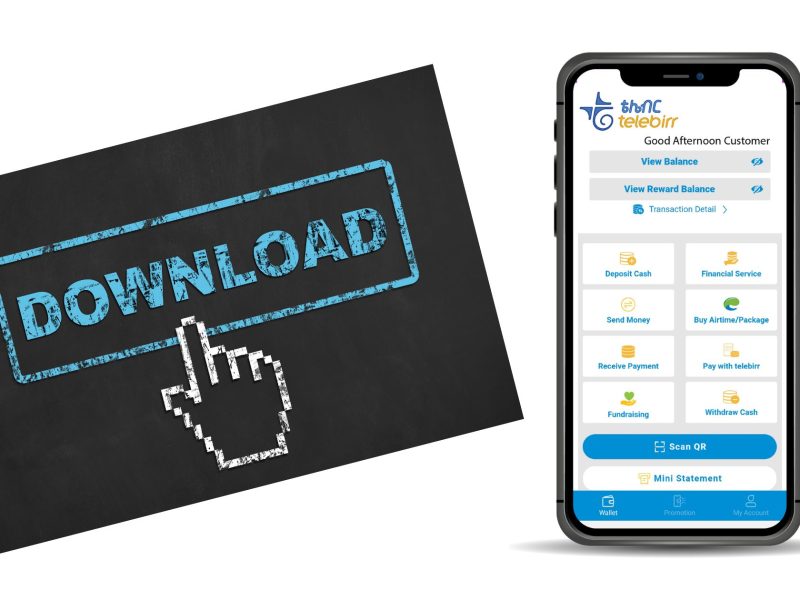Regarding how to make Apk File In Android Studio, Android Studio permits you to make two sorts of APK documents.
First, they produce the Debug APK Files which are exclusively for the end goal of testing. They will run on your Android portable. Notwithstanding, you can’t transfer them to the Play Store or made them accessible to the general population.
Furthermore, you can produce marked APK files. Marked APK records prove to be useful when you’ve tried your application and it is fit to be transferred on the Play Store and delivered to the overall population.
This instructional exercise will tell you How To Make Apk File In Android Studio with few simple steps.
Priorities straight: open up a venture record in Android Studio. On the off chance that you don’t have a task document yet, just make Another Undertaking.
Creating an APK file
Making a debug APK file is simple and just requires a few steps.
- Open the project or program you wish to import into the APK file first. Then, from the toolbar menu, choose Build > Build Bundle(s)/APK(s) > Build APK(s).
- After a brief delay, Android Studio creates an APK file.
- Once it finishes the Apk build, You’ll see a notification in the lower right corner of your screen. If you choose to Locate from that message, you will receive to the APK file’s location.
If you don’t see the message, you can still find the APK file in your project folder by going to the following path: app/build/outputs/apk/debug. The default name for the file is app-debug.apk.
Creating a Signed APK File
- Open the Build menu from the toolbar and choose Generate Signed Bundle/APK to create a signed APK file.
- This brings up a box where you can choose between producing an APK file and an Android App Bundle. Move on to the following window after selecting the APK radio button.
- The module (your application) for which the APK file is being built will be displayed to you in the following window. They’ll request you to input your Key store path, Key store password, Key alias, and Key password.
Creating a New Key Store
You will need to generate a new key store if this is your first time creating a signed APK file.
However, when an application is uploaded to the Play Store, the developer uses keys to access it. Usually, you require the keys when you need to update your application. The key store houses all of the keys.
The keys and the key store each have password-protected separately. The passwords must have a minimum of six characters. Keeping several copies of your keys is also a smart idea because they are the single access point to your application. You won’t be able to access or update your application if the key is lost.
Additionally, you must establish a new key store in order to construct your own app. Select Create new to do this. It is located below the input box where you type in the key store path.
After that, a new window will appear.
Make a key store
Enter the path of your new key store and a password to secure it in the new window.
You will also be creating a new key for your application in the same window. Put a name for your key in the key alias area before giving it a password.
Although it’s a good idea to give each of your keys a new password, you can keep the same password as the one for your key store. The key alias is the same.
The legitimacy of your application is specified in the following area. This is the time frame after which your application’s key will expire and become inoperable. A key’s default lifetime is 25 years.
You receive a certificate including all the details about you and your business for each key you generate. You don’t have to fill out all the information; just pick the ones you believe to belong on your certificate. Even if not all of the certificate’s fields are filled out, a key will still be generated.
Finishing Up
Select OK once you have finished entering the certificate’s information. The Generate Signed Bundle or APK screen will then be displayed.
All of the fields will now be filled in for you in this area. To be safe, carefully review all the details. Next, click Next.
Key Store With Pre-Fills
You can now see where your Signed APK file is going on the final screen. There are two more options listed underneath it: Debug and Release.
When the application is still being tested, debugging is employed. Choose Release since your application is now ready for deployment after passing the testing step.
At the bottom of the screen, there are two more checkboxes. Click Finish after selecting V2 (Full APK Signature).
Publish APK
Once the APK build is complete, Android Studio will let you know. You can now open the file location by selecting Locate from the notice.
The default filename for the Signed APK is app-release.apk. It is located in the app/release directory in the project folder.
Can I run APK on Android Studio?
Click Profile or debug APK on the Android Studio Welcome page to begin debugging an APK. You may also choose File > Profile or Debug APK from the menu bar if you already have a project open. Select the APK you want to import into Android Studio in the following dialog box, then click OK. Can I create an APK without using Android Studio? View the official documents – Create your application using the command line. Depending on the variant you desire, you can utilize Gradle commands. ./gradlew installDebug, for instance, creates a debug apk and loads it onto a connected device (albeit it won’t open it as Android Studio does).
How can I get the source code from APK?
Android 2021: How to extract the source code from an apk file:
- The. apk file you intend to decode should be copied into a new folder.
- In the same folder, extract this. zip file now (or NEW FOLDER).
- Open a new folder right now.
- Simply copy the contents of both folders (in this case, both new folders) to the single one—there is no more action required.
APK route can be found where? The APK files for user-installed apps are placed in the /data/app/directory on Android devices, while those for preinstalled apps are found in the /system/app folder, and can be accessed using ES File Explorer.
Conclusion
The actions you must do to create APK and Signed APK files in order to test your app and make it available on Google Play are as follows:
Create an APK File
- The project should be made in Android Studio.
- From the toolbar menu, choose Build > Build Bundle(s)/APK(s) > Build APK(s).
Now that your debug APK file has been transferred, you can test it for faults on your Android smartphone. Using the Android emulator, you can also test it out on your computer.
Create a Signed APK File
- The project should be made in Android Studio.
- Pick Signed Bundle/APK from the toolbar menu under Build.
- Set up your APK file’s settings and, if necessary, make a new key store and key.
Create a New Key Store and Key
- Select a key store path.
- For your key storage, enter a password.
- Give your key a name, a duration of validity, and a password.
- Enter whatever information you wish the key certificate to contain about you or your business.
This signed APK file can now be made available to the general public by being posted on the Google Play Store.
Simple but difficult, right? Your understanding of creating signed APK files and creating unsigned APK files should have improved as a result of this tutorial.
All of your questions about “How To Make Apk File In Android Studio” have hopefully been answered by this article.
Frequently Asked Questions (FAQs)
Is it possible to connect your device without a USB cord to Android Studio?
Google WiFi ADB influences you and generally helps Next-Generation Android Developers. To quickly install, run, and test your applications on an Android smartphone without a USB connection, IntelliJ and Android Studio have developed a plugin. Ignore your USB cable and press one button. How can I launch a project in Android Studio? Select Import Project under File > New. Click OK after selecting the directory for your IntelliJ project. Android Studio will launch and show your project.
How can I make Android apps without having to learn how to code?
Using the Appy Pie app builder, how do I create an app without any coding in 3 simple steps?
- Type the name of your application. Pick a classification and color scheme.
- Place the features in. Create an iOS and Android app.
- Release the app. Go live on iTunes and Google Play.
Can I make APK with C++?
You can, indeed. theoretically! can even simply write the assembly for your apk. Activate this post’s status. As native development languages for Android, you can create your app in Java, Kotlin, and C/C++.
Can I use C++ in Android Studio?
By adding the code to a cpp directory in your project module, you can add C and C++ code to your Android project. This code is compiled into a native library when your project is built, which Gradle can then bundle with your app.
Check out some of our blog post like “Can’t Install APKs on Android? Here is what to do.”


